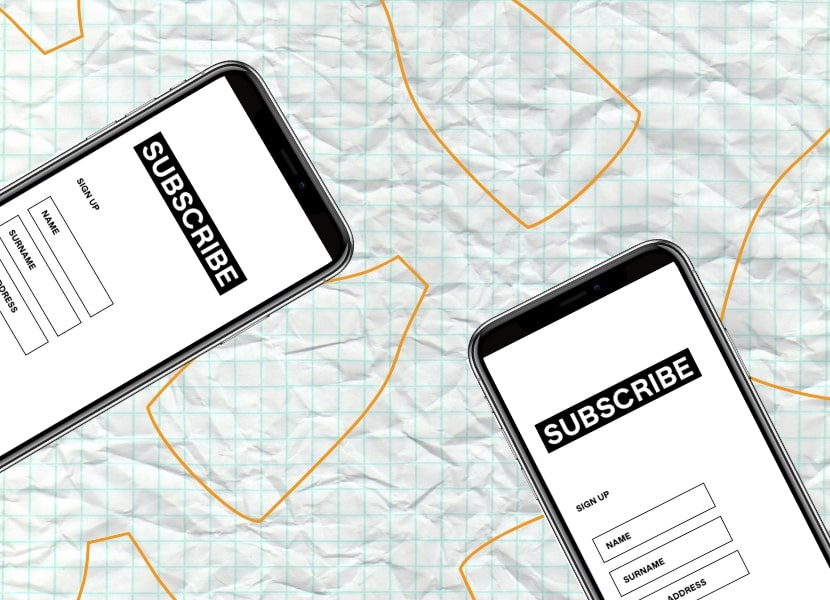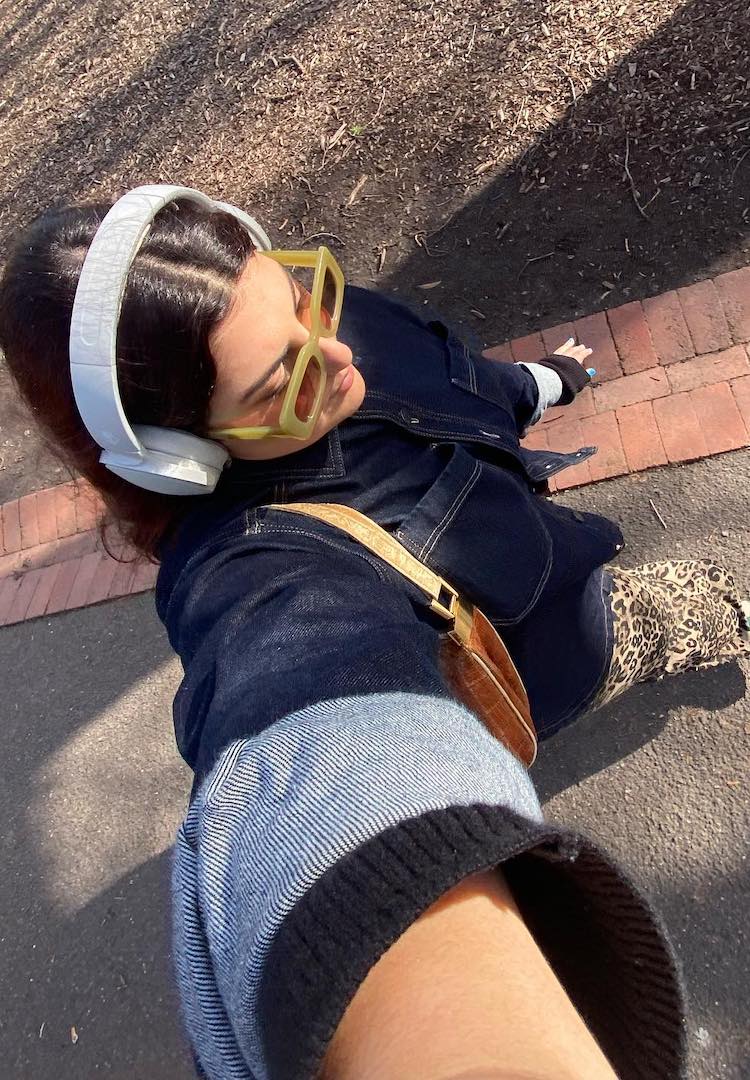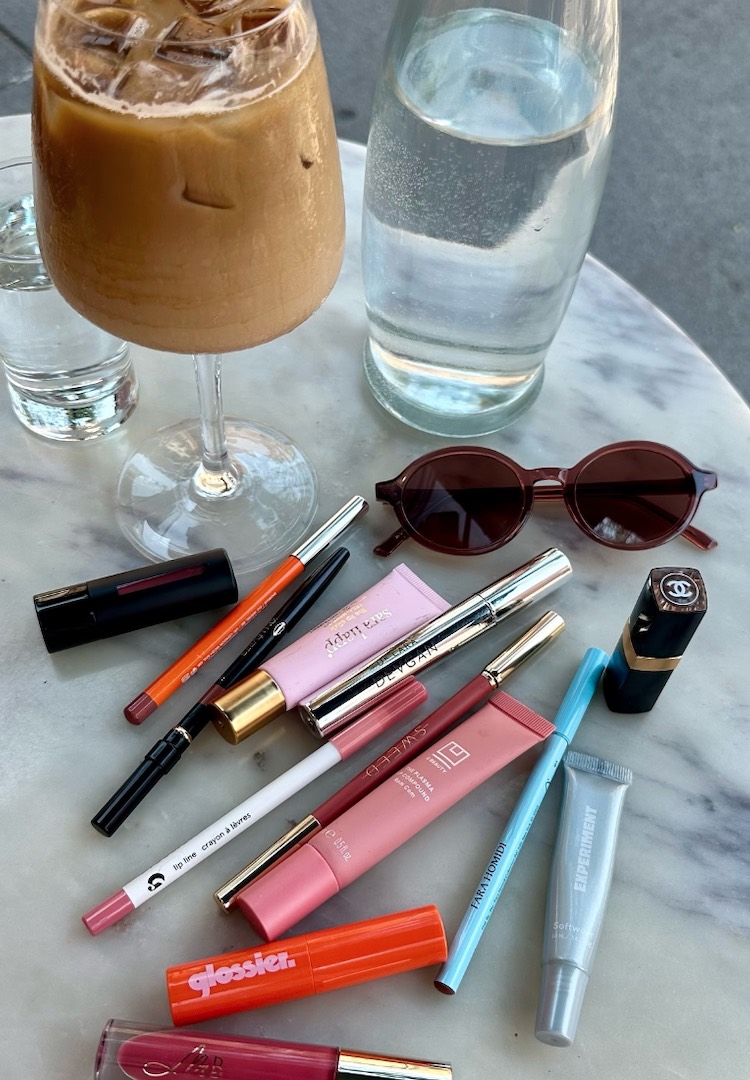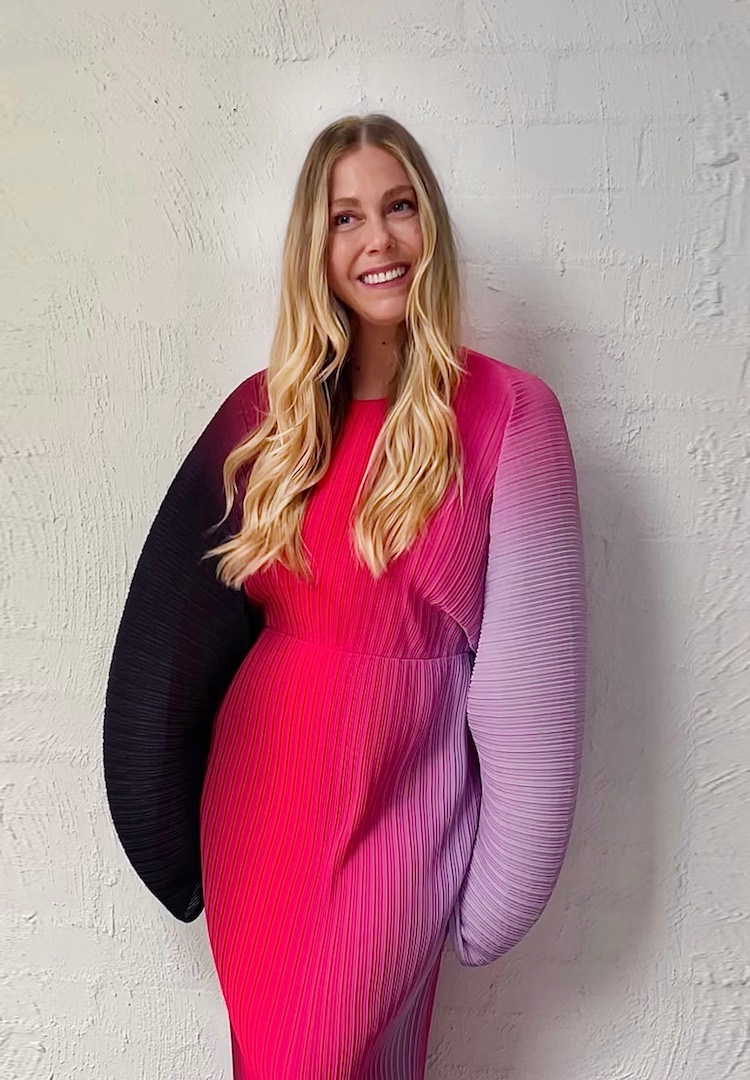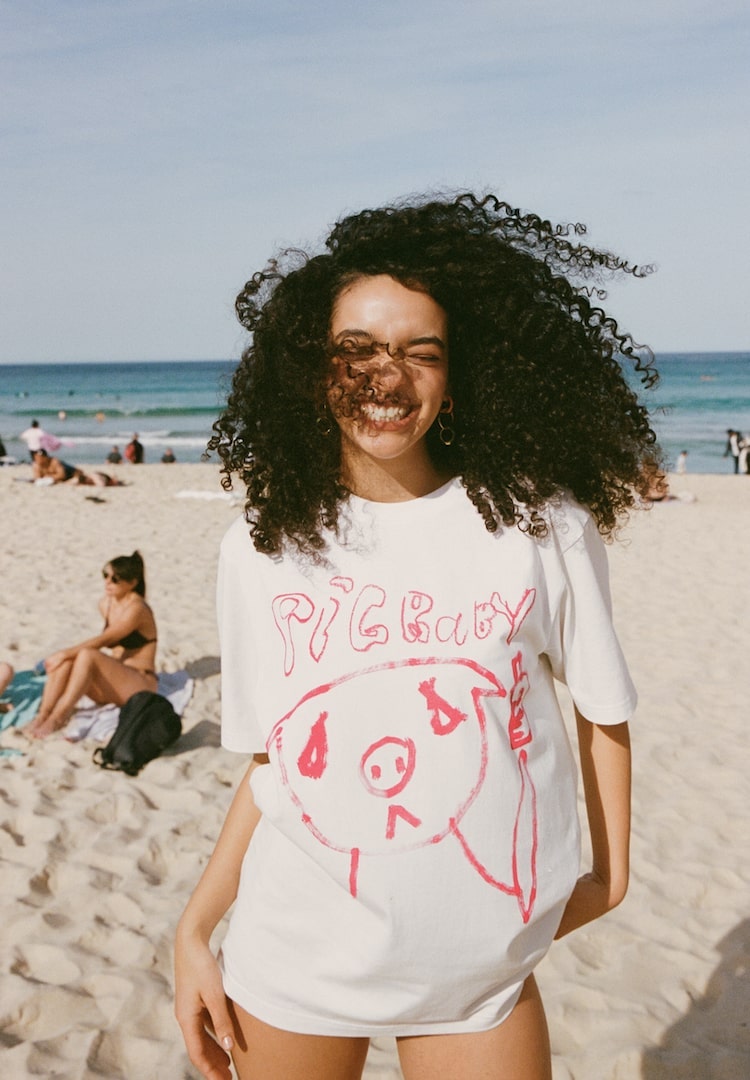These are the best Australian writers’ newsletters to follow
WORDS BY JASMINE WALLIS
With publication closures and job losses across the media industry, readers are turning to independent writers and voices to get their content.
Where once readers would religiously purchase publications from their corner store newsagents to read their favourite writers’ opinions, audiences now have front row access to the author thanks to the digital era.
And while the concept of “the writer” isn’t by any means new, audiences can now find many of their favourite wordsmiths’ work in the one place – in a journalist’s personalised newsletter.
They can have direct access to a piece as soon as it’s published by signing up to their mailing list, and can choose to directly support the writer financially, instead of opting for a newspaper or magazine subscription to access their work.
The digitisation of journalism has been occurring rapidly over the past decade but has accelerated during the COVID pandemic and ensuing recession. With events such as the Bauer Media closures back in July, publications are shuttering their printing presses left, right and centre and letting go of talented journalists on account of low sales.
Public trust in the media has also been eroding for years now, with a 2019 study noting that Australia has had a 14 per cent decline in the trust of newspapers and magazines over the last five years.
Does the rise in fake news and the loss of iconic mastheads – exacerbated by the social media boom of the past decade – mean that audiences are now turning to individual writers and new models of publishing for their journalism?
Using new platforms
Columnist and freelance journalist Bianca O’Neill has been working in the media industry for over ten years. Despite having had her byline in a number of influential titles such as Rolling Stone and The Herald Sun, the Melbourne-based journalist has recently begun putting her freelance work up on the blogging platform Medium.
This way, Bianca is free to write about what she wants, when she wants and is also able to collate any articles she’s written for other titles into a newsletter that’s delivered straight to her subscribers’ inboxes. “As a freelancer, some of your pitches get picked up, and some get rejected. Most of the time the ones that get rejected are the ones I really want to write about!” Bianca tells me.
When I ask why she believes so many journalists are going independent she says, “The move toward individual writers is a function of the times; with so many publications closing, there’s plenty of talent out there with the whole world at their fingertips, and hungry readers left with not many good options.”
“Perhaps by following individual writers, instead of media outlets helmed by a single, powerful editor, we will start to see more diversity in opinions emerge,” Bianca says. And this is something I’m sure we can all agree is sorely missing from many publications.
The cult of personality
Another journalist who has jumped onto the personalised newsletter train is comedian, writer and producer Lucinda Price (AKA Froomes). With more than 20,000 Instagram followers, Lucinda has been using social media for years to build a following, thirst after former Australian cricketer Shane Warne, profess her love for Sirena tuna, and share her celebrity interviews.
Although Lucinda’s role at online publication Pedestrian TV was a casualty of the COVID media redundancies, 2020 has seen her register her own business name, ‘Froomesworld’, and launch an email newsletter aptly titled Froomesworld: The Newsletter all the while continuing to produce content for her loyal fanbase, or as she calls them, her “employees”.
“I started Froomesworld: The Newsletter because I wanted somewhere to elaborate on the stories and ideas I post on Instagram. The newsletter is basically the same thing as an Instagram story, I’ve just inverted the writing to image ratio so there’s more space to write deep dives on fat men and fast food,” Lucinda says.
With her experience of working for a major youth publication, Lucinda believes audiences are gravitating towards personalities and independent journalists because we all want more opinions. “When I started at my old job in 2016, I was told to always write ‘we’ instead of ‘I’. So if you wanted to write ‘I like tuna’ you’d have to write ‘we like tuna’. This helped maintain some impartiality and journalistic integrity,” she says.
“Fast forward to 2020 and every second headline has an ‘I’ in it. Opinion pieces get more clicks than straight news. And if you want to read an opinion piece, you may as well go straight to the source.”
While this model of media is great for her investigations into Eddy Shipek, “Florida’s most dedicated Instagrammer”, Lucinda recognises that this may not be the best business model for journalism. “Sometimes it’s difficult to distinguish between opinion and fact. Taking away certain gatekeepers feels risky.”
The future of media?
After losing work during the pandemic, UK-based Australian freelance writers Arabella Peterson and Lilith Hardie Lupica teamed up to create The Foreword. Described as “career advice, insights and recommendations” The Foreword is a weekly email newsletter where Arabella and Lilith interview creatives and share content.
“It started as a way for us to channel our energies into something creative and tangible that gave us a purpose during those long days inside. We also really wanted to help people connect and create a resource that answered some of those career(ish) questions that were haunting us. A newsletter seems like a fun and affordable way to reach people,” Lilith explains.
Having previously written for institutions like Vogue Australia, Arabella and Lilith have been part of the freelancing gig economy for years and knew that creating their own newsletter would mean even more flexibility.
“The gig economy has its advantages and downsides, but it certainly offers flexibility and a chance to share your thoughts with a wide audience,” Arabella says. “Newsletters are an excellent way to connect with an audience without the pressures of deadlines, publication guidelines and algorithms.”
And like Bianca, the ideas The Foreword cover now were pitched to traditional media outlets first. “Some of the topics were ideas that we had pitched and were knocked back by mainstream publications but we found them endlessly fascinating or important and hoped others would too,” Arabella tells me.
Despite launching their own independent project, as many writers have done this year, Lilith believes that traditional media will always be around but with journalists not confined to the constraints of individual publications, a more diverse range of writers will emerge.
“I don’t think traditional publications will cease to exist but I think people are interested in accessing different points of view and different voices, especially voices that resonate with them and feel accessible,” she says.
Garnering more than 20,000 Instagram followers in under six months, The Foreword is proof that audiences are looking to their favourite independent online voices or cherry-picking freelance writers from traditional media to get their journalism and content from.
Like Bianca’s Medium newsletter and Lucinda’s Froomesworld: The Newsletter, their writing for The Foreword isn’t affected by the whims of media executives and advertisers. It’s personal, it’s accessible, and it means more voices are being heard, and these are all things the media industry should be celebrating.







